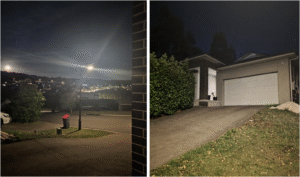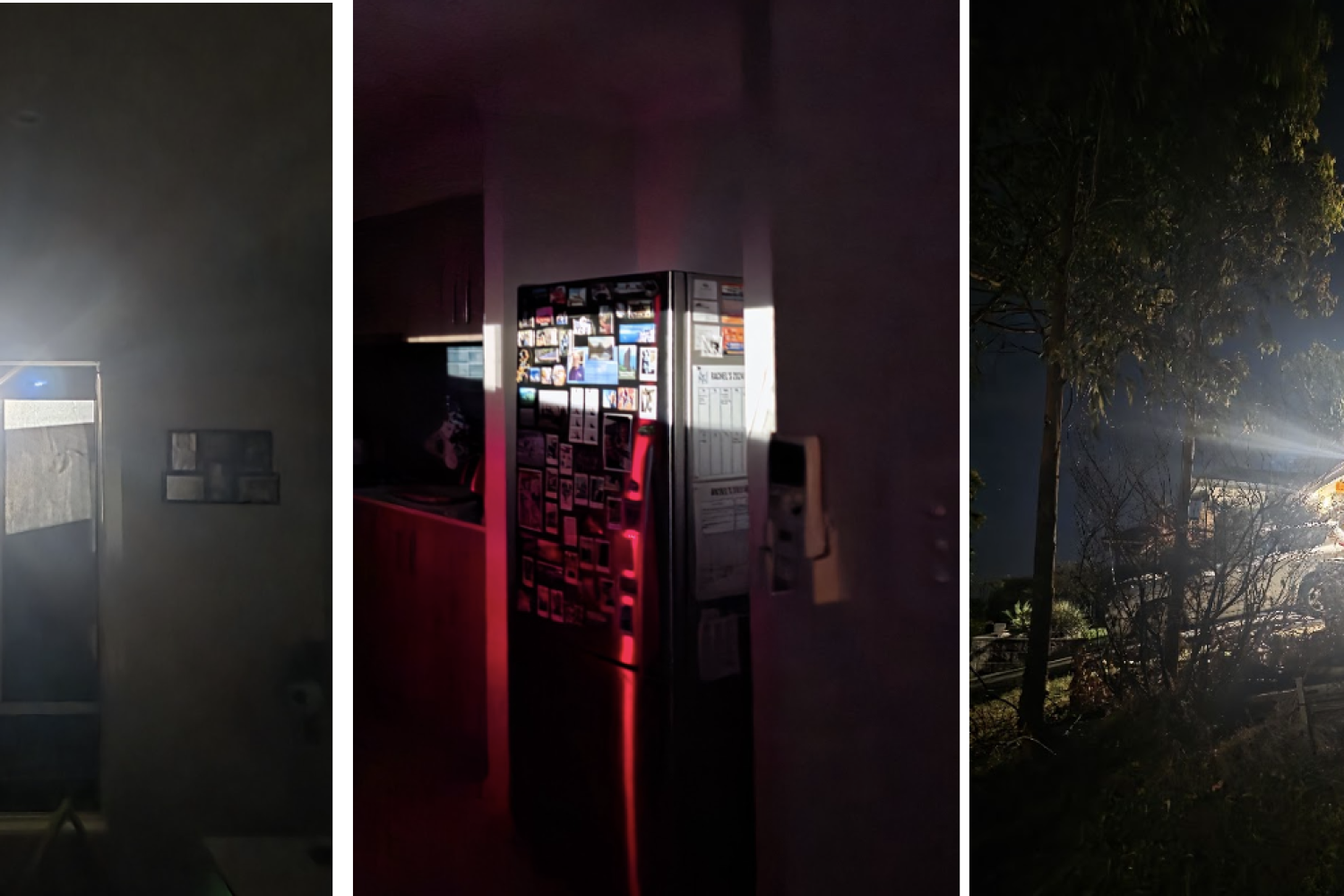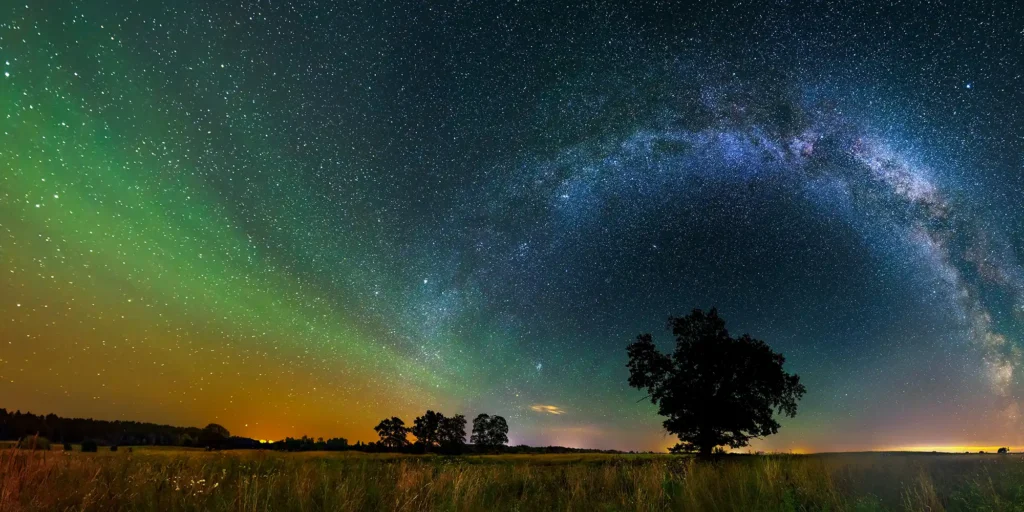With the emergence of more and more dedicated dark sky destinations named within NSW and wider Australia, greater attention is moving towards dark sky friendly lighting, and an awareness of what we can do to better preserve our dark skies. As a domino effect, with the approval of Palm Beach Headland as an Urban Night Sky Place, the Munibung Hill Conservation Society were inspired to investigate the possibility of having Munibung Hill as Newcastle’s very own Urban Night Sky Place, which I gladly find myself on the working group striving to make this goal a reality.
As a Senior Lighting Designer with 10 years’ of experience and the Vice-President of the Illuminating Engineering Society in NSW, I bring a specific and trained perspective on what is required of public and private lighting to achieve dark sky accreditation, however, as the remainder of my working group colleagues come from astronomy and conservation backgrounds, it became quite apparent that a lot of my knowledge or access to dark sky friendly luminaires was not as attainable for your regular resident of Lake Macquarie LGA. Stuart Carter from the Munibung Hill Conservation society set out on a mission to find obtainable dark sky friendly luminaires, visiting a variety of well-known lighting stores, who unfortunately were not aware of what a dark sky friendly luminaire was, even unaware they do have options which could potentially comply.
With this interesting perspective in mind, it drew my attention to what luminaires are being obtained and installed in residential properties contributing highly to light pollution, and in there lies what I believe is a residential lighting crisis in Newcastle, but all over Australia. Driving through the streets close to home at nighttime I see glary floodlights, lighting that is left on all night, and bright white colour temperatures where they are not suited. Recently when I purchased my home, I immediately changed all my internal downlights to a warm white colour temperature and found it amusing the installing electrician thought that was weird and kept explaining I could switch between colour temperatures as the warm white must not be pleasant. I couldn’t admit to him I was a lighting designer and knew exactly what I was doing.


These images are taken from my own home, where you can see a bright glary floodlight beaming in from our neighbour’s property at nighttime, and the public streetlight at the front of the house. Neither of these light sources are compliant with our national obtrusive lighting standards. Interestingly, there are really no lighting standards governing what should and shouldn’t be installed within residential properties, which I believe has led to this crisis. Residential lighting is typically installed and designed by builder’s and electricians, or purchased by homeowners themselves, only rarely are lighting designers involved.
As well as public street lighting and spill light from commercial properties, private residential lighting is also a big contributor to light pollution. What is being done to improve and reduce residential light pollution? This is a space in my role as a Lighting Designer and as a member of the Munibung Hill Urban Night Sky Place Working Group to try and improve as we fight for darker skies. At the core of this challenge and part of the solution is community. We must find a way for dark sky friendly lighting to be affordable and attainable for our local communities to implement and continue to raise awareness through incredible organisations such as the Australasian Dark Sky Alliance and the IES ANZ. There are great case studies of communities banding together to switch off their lighting at particular times of the night to support the migration of Shearwater fledglings and for dark sky places through-out Australia, and I would love to see this happen through-out Lake Macquarie and Newcastle.
Rachel Mundy.




